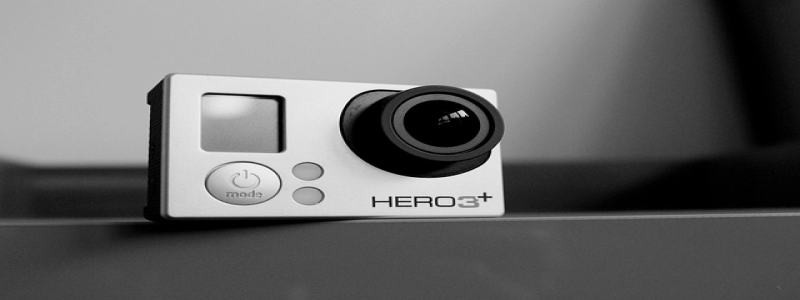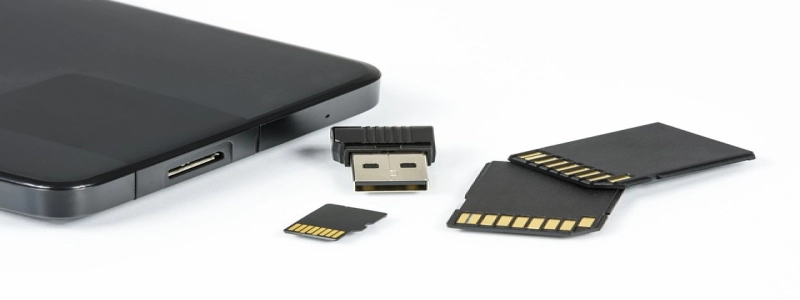SMA Attenuators
Introduction:
SMA attenuators are widely used in various fields to control and adjust the signal strength of high-frequency communication systems. With their compact size and excellent performance, they have become an essential component in modern electronic devices. This article will provide a detailed explanation of SMA attenuators, including their working principle, types, and applications.
I. Working Principle:
SMA attenuators work based on the principle of signal reduction through resistance. They are typically made of a resistive material, such as carbon composition or thin-film technology, which absorbs and dissipates a certain amount of power from the incoming signal. This resistance results in a decrease in signal strength, allowing for precise control over the attenuation level.
II. Types of SMA Attenuators:
1. Fixed SMA Attenuators:
Fixed SMA attenuators have a predetermined attenuation value that cannot be adjusted. They are commonly used in situations where a specific attenuation level is required consistently, such as in signal testing or calibration processes. Fixed attenuators are available in various attenuation values, ranging from 1 dB to 30 dB or more.
2. Variable SMA Attenuators:
Variable SMA attenuators, as the name suggests, allow users to adjust the amount of signal attenuation. They come equipped with a mechanism, such as a screw or rotary switch, that alters the internal resistance and consequently changes the attenuation level. Variable attenuators are beneficial in scenarios where the desired signal strength may vary, such as signal amplification or antenna matching applications.
III. Applications of SMA Attenuators:
SMA attenuators find extensive applications across different industries, including:
1. Telecommunications: SMA attenuators are widely used in telecom networks for signal control and optimization. They help prevent signal distortion, especially in situations where there are significant signal strength variations due to long transmission distances or interference.
2. Test and Measurement: SMA attenuators play a vital role in signal testing and measurement equipment. They allow engineers and technicians to accurately adjust the signal strength for precise evaluations, calibrations, and troubleshooting.
3. Radio Frequency (RF) Systems: SMA attenuators are critical components in RF systems, including radars, satellite communications, and radio transceivers. They help regulate the signal strength to ensure proper functioning and avoid overload or distortion.
4. Audio and Video Equipment: SMA attenuators are used in audio and video equipment to eliminate noise, optimize signal levels, and prevent signal degradation. They are commonly found in amplifiers, mixers, and speakers.
Conclusion:
SMA attenuators are versatile devices that provide precise control over signal strength in high-frequency communication systems. Whether in telecommunications, test and measurement, RF systems, or audio-video equipment, SMA attenuators play a crucial role in ensuring optimal signal quality. Understanding their working principle, types, and applications is essential for engineers and technicians working with high-frequency signals.








